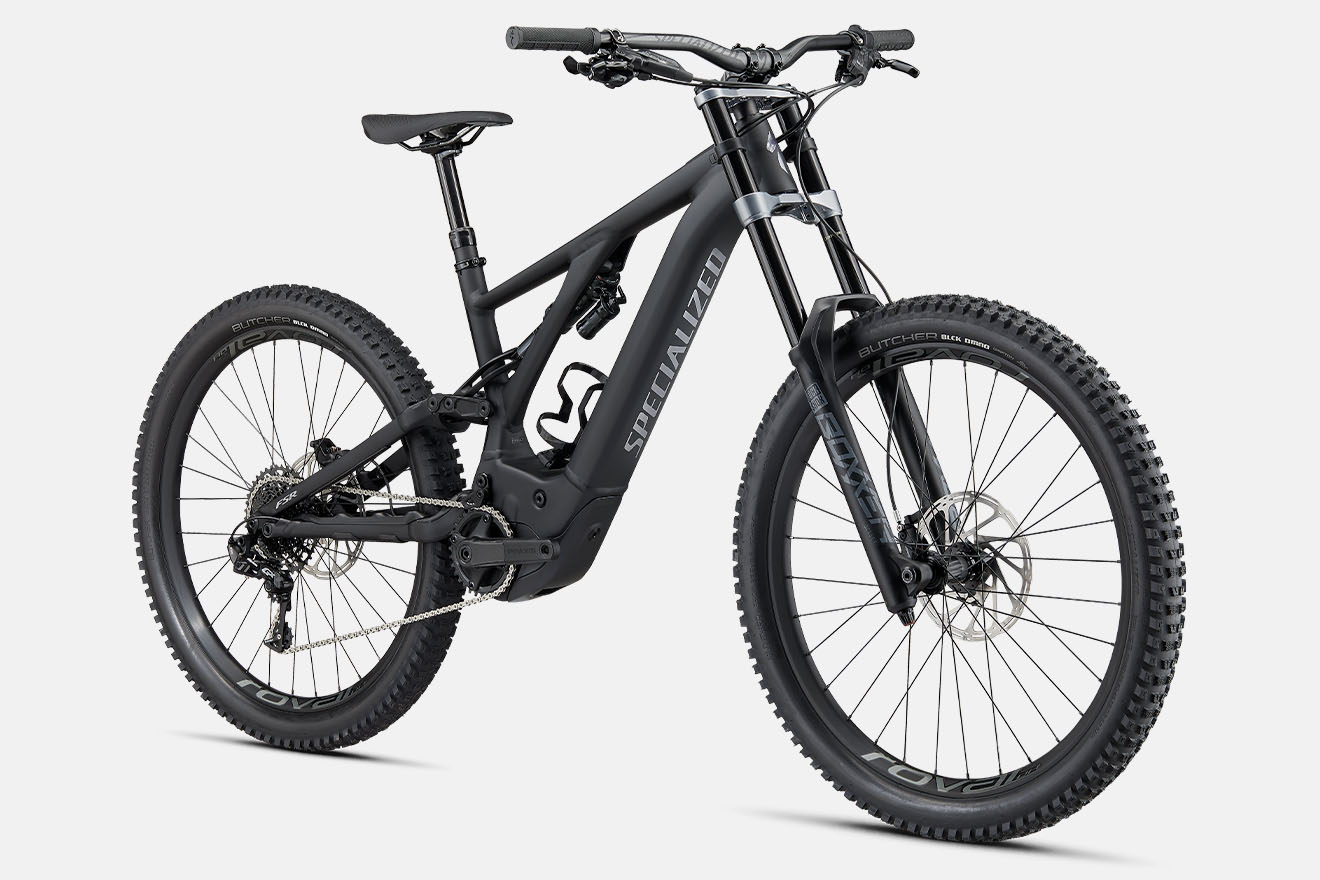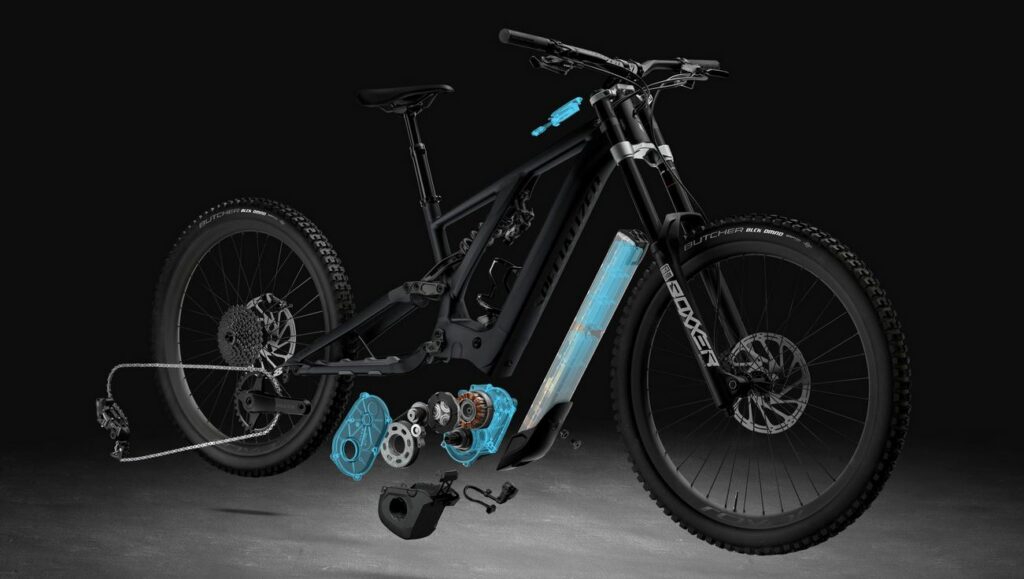
Are you shopping for the best electric bike that will fit your needs and your lifestyle? There are several things you should know before clicking that buy button.
Some of the boxes you have to check include defining your personal transportation needs and the ebike specs that will help you meet those needs. In this article, we focus on the ebike motor. Specifically, you will learn the difference between a hub-drive and a mid-drive ebike motor, and how each configuration affects ride quality.
Mid-drive ebike vs. hub-drive ebike: What’s the difference?
When you have a mid-drive ebike, the electric motor is mounted at the frame’s bottom bracket between the pedals. This configuration gives the ride an optimized center of gravity for load balancing. That’s why when you ride an ebike with a mid-drive motor, it feels just like riding a traditional bicycle that’s stable and easy to control.
On the other hand, a hub-drive ebike has its motor installed on the front or rear wheel. The powerplant is on the wheel hub, and it propels the bike by moving the wheel where it’s mounted. For inexperienced riders, the feeling of being pulled (front hub motor) or being pushed (rear hub motor) can pose challenges when it comes to steering and balancing.
Mid-drive ebikes pros and cons

Below are some of the advantages and disadvantages when you buy a mid-drive electric bike.
Pros
- They look like traditional bikes: The electric motor is fully integrated into the frame of the bike. Because of that, you will not be able to tell a mid-drive ebike from a traditional bicycle without inspecting closely.
- They feel natural to maneuver: With the motor located at the center of the bike, mid-drive ebikes have better ride quality. They are pretty natural to maneuver and feel balanced.
- Better range and excellent uphill performance: Mid-drive electric bikes also perform better than hub-drives when it comes to negotiating steep hills. This boils down to the better gear ratio and better torque produced when you pedal uphill. While a mid-drive can handle long steep hills, hub drive ebikes tend to overheat. The better gear ratio also translates to better range.
- Easy to maintain and repair: Mid-drive ebikes are fairly more convenient to repair and maintain. For example, it’s just like removing and putting on wheels on a regular bike when changing tires. You don’t need special tools, unlike their hub-drive counterparts.
Cons
- You will likely break the bike’s chain: Take note that because of the extra torque passed onto the chain, they are likely to damage them. So, if there’s one thing you need to be wary of with mid-drive, it’s breaking the chain during a ride. Unless you always have an extra set with you, your plans might be ruined. Make sure you check if you have an option to install a belt drive.
- Shifting can be tricky for beginners: Another disadvantage of mid-drive ebikes is that you cannot shift unless you are moving. So, if you forgot to downshift before fully stopping, don’t expect some good acceleration when the light turns green. If you are running on motor power, don’t attempt to shift gears unless your bike comes with shift interrupters. That creates the risk of breaking the bike’s chain.
- More expensive: If you are looking for an affordable ebike, cheap mid-drive electric bikes are difficult to find. Hub-drive bikes are also not that cheap, but they are less complex.
Hub-drive ebikes pros and cons

When considering the advantages and disadvantages of hub-drive electric bikes, you have to remember the following.
Pros
- Light ride and straightforward installation: Hub-drive ebikes are light, and if you are planning to convert a traditional bike to a front hub ride, it’s pretty straightforward because you don’t have to worry about the gear system. Because of this, hub-drive bikes are also generally cheaper than their mid-drive counterparts.
- Well-distributed weight and strain: For ebikes with front motors, having the motor on the front wheel and the driver on the rear portion of the bike results in good weight distribution, especially on flat surfaces. Rear hub-drive models are ideal for people on the heavier side, as these rides often offer more power. Once you start cycling, you will feel the motor pull or push the bike forward to help you get cruising.
- Easy maintenance: With the motor isolated on one wheel of the bike, servicing the bike is easier. For beginners, you also don’t have to worry about messing up the electric motor. The powerplant itself will require little maintenance because it’s practically a direct drive setup.
- No issue shifting gears: Unlike mid-drive ebikes, hub-drive ebikes will allow you to shift gears while cycling or at a standstill. The bike will also be easier to pedal when the motor is not running.
Cons
- Less efficient: Hub-drive ebikes offer a good amount of torque but they are far less efficient than their mid-drive counterparts. Because of this, there’s a tendency to run out of juice faster.
- Poor traction: Remember that front hub-drives will have a disadvantage on dirt roads and uphill stretches as they tend to lack traction on startup. Rear hub-drives are better than front hub-drives in negotiating dirt roads. Also, take note that ebikes with rear motors tend to go on a wheelie at high speeds or when climbing a hill.
- Relatively heavier steering: When comparing the ride quality of mid-drive vs front hub-drive ebikes, hub-drives might be heavier to steer.
- Harder to change tires: Always bring your tools if you’re riding an ebike with a hub-drive motor. Changing tires can be more challenging, and you will always need a spanner to get the job done.
- Brake pads and spokes: Depending on your setup, ebikes with hub-drive motors tend to have greater brake pad wear and spoke breakage on the side where the motor is located. The stress is higher on these parts because of the location of the electric motor. So save yourself some money and remember to lift off the saddle when going on potholes or speed bumps and jumps.
This ends our quick rundown on the differences between mid-drive and hub-drive electric bikes. Take note of the differences, and make sure you choose the bike that will best fit your needs.